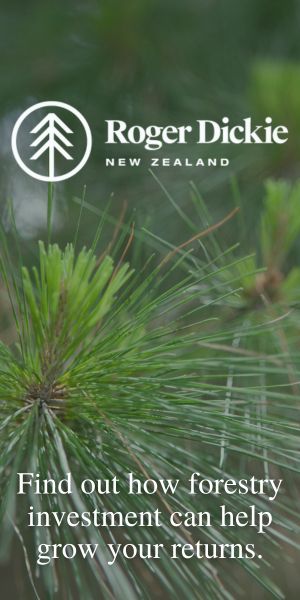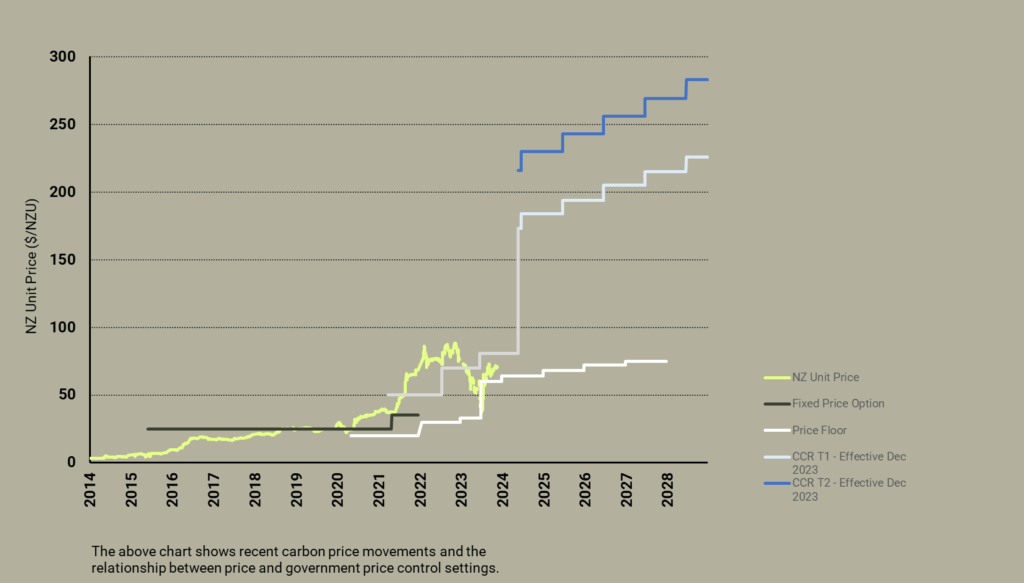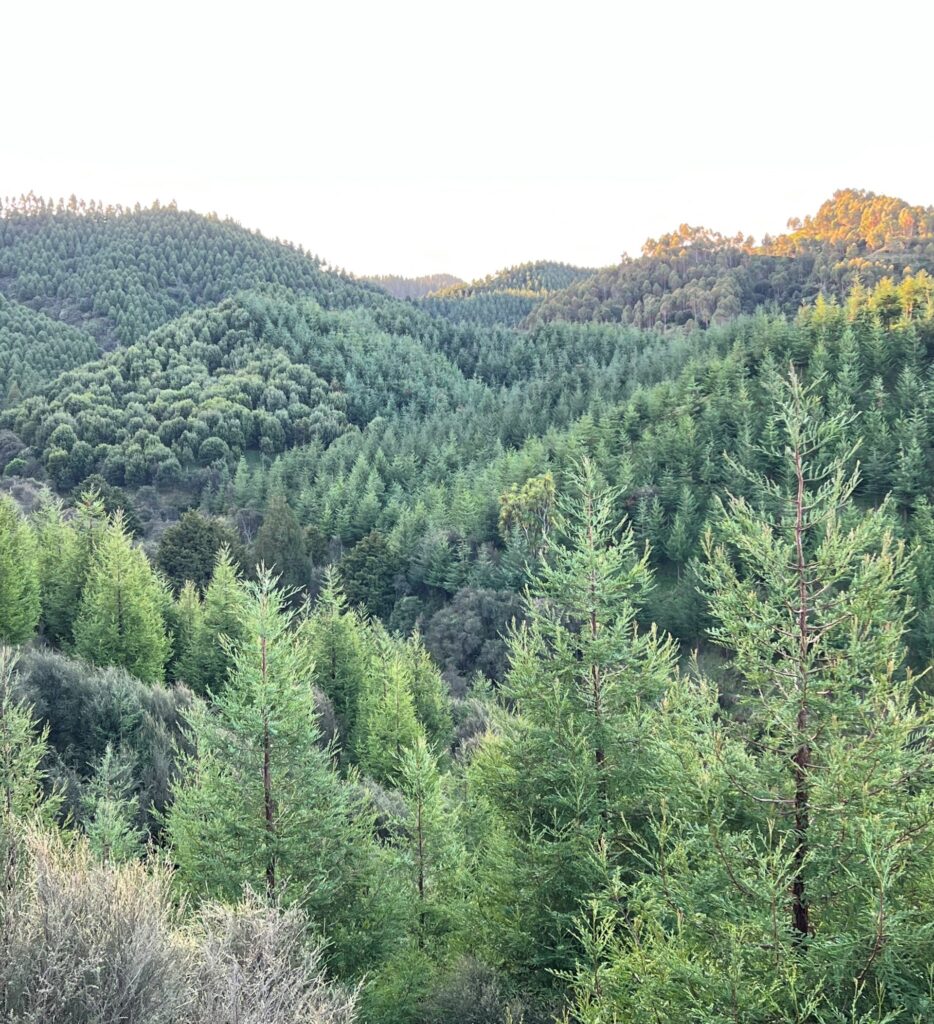This week’s announcement by the Minister for Agriculture and Forestry, Hon Todd McClay, brought a long-awaited development in New Zealand’s forest and carbon policy, which will have flow-on impacts for local and international investors. The government’s announcement addresses agricultural land use conversions to forestry, by tightening the ability of investors to acquire farmland for planting into commercial forestry (‘afforestation’). The key changes that were imposed by the government, effective 4 December 2024, were the introduction of:
- A moratorium on exotic forestry registrations for actively farmed Land Use Classification (LUC) 1-5 land;
- An annual registration cap of 15,000 ha for exotic forestry registrations on LUC 6 farmland;
- Allowing up to 25% of a LUC 1-6 land on an existing farm to be planted in forestry for the ETS, ensuring farmers retain flexibility and choice;
- The ability for landowners to have their LUC categorisation reassessed at the property level;
- Excluding specific categories for Māori-owned land from the restrictions, in line with Treaty obligations, while ensuring pathways for economic development; and
- Transitional measures for landowners currently in the process of afforestation who can demonstrate an intent to afforest prior to 4 December 2024.
Importantly the changes do not affect investors that acquired bare land up to 4 December 2024 and had the intention of establishing forestry projects meaning investors with active transactions underway can feel comfortable that their agreements will be unaffected by the change providing the relevant conditions are met.
In their announcement, the government left several areas yet to be confirmed including how the LUC 6 cap will be administered and applied for, the timing of seeking an allocation under the LUC 6 cap relative to the timing of sale contracting, and the timeframe over the moratorium for LUC 1-5 land. RDNZ looks forward to the government’s clarification of these additional areas in the near futur
Where did this change come from?
RDNZ has been anticipating this policy shift for some time and has been in close communication with the government over the course of this year to be ready for the impact on our investor network. The changes broadly align with the government’s election commitment to providing a better balance between land that is used for food production and land used for plantation forestry, where timber harvesting, carbon sequestration, and biodiversity outcomes are all key investment drivers.
The change responds to significant pressure from the farming industry, which has been concerned about the recent level of farmland conversions for forestry. In recent years, conversions have increased with the government adopting a net zero target and emitters seeking the lowest-cost carbon abatement through carbon credits generated from forestry.
Some of the key facts
Over 2017-2022, conversions of farmland to plantation forestry are estimated to have averaged around 39,800 hectares per annum. Contrary to the fears of many, around 87% of these conversions have been on LUC 6 and 7, some of the lowest productivity farmland around the country. As context, New Zealand’s total area of active farmland was reported to be 13.6m hectares, with cumulative conversions over this period accounting for 1.8% of this area. It is important to note that New Zealand’s total forest area over the past 20 years to 2024 has actually declined, falling from 1.82m hectares to 1.79m hectares despite recent afforestation developments.
Estimates suggest that 57% of conversions over the 2017-2022 period were on LUC 6 farmland, meaning that, on average, around 22,700 hectares per annum have been acquired and converted. This is above the government’s intended cap of 15,000 hectares and, hence, will shrink the pool of land available for forestry.
Despite this, and with a growing carbon price, the government is determined to limit the trend that has taken place and, in doing so, place greater emphasis on net abatement where emitters have less forestry/offset credits available and need to focus more on lowering emissions from their production processes.
Silver lining for investors from carbon pricing and OIO improvements
This restriction is expected to place upward pressure on carbon offset pricing, resulting in a land value premium for existing ETS-registered forests. Shrinking the long-term potential for afforestation in New Zealand will also tighten the pool of credits that can be generated to offset emissions under the ETS. In a parallel development, yesterday’s announcement coincided with the final government ETS auction for 2024, where just over 4 million NZUs were sold at $64.00, erasing a potential 14.79 million units from future supply. While the carbon secondary market remains flat at $64.00, the price floor for the first auction of 2025 is set to rise to $68.00, with significant potential for future price increases. The government is set to tighten auction volumes over the next five years, with only 6 million NZUs available across government auctions in 2025—a notable decrease from this year’s volumes. This ongoing supply reduction is expected to provide tailwinds to secondary market pricing as emitters look to secure the required carbon offsets for surrender dates in the coming years.
On a positive note, RDNZ notes improvements in the OIO process brought about by improvements to processing timelines introduced by the new government earlier in the year. The changes have helped to support a view that the government welcomes foreign investment in New Zealand forest and farmland and is overall a positive step for the New Zealand economy at a challenging time in international markets.
The RDNZ consensus
While the changes announced by the government shrink the pool of land available for afforestation projects, RDNZ views the move as a net positive step for investors. On the one hand, for existing investors, it constrains the supply of land slightly and will add tension to the NZU price and higher land values, helping to boost higher returns. On the other hand, for new investors, it provides clarity and certainty over the future availability of land. It reinforces that the government continues to view forestry as a critical long-term solution to achieving lower emissions.
As a manager of farm and forestry assets, RDNZ is broadly supportive of this current announcement and, in New Zealand, continuing to retain its place as a world leader in agricultural and forestry products where mutual partnerships and diversity of land use are critical to growing investor returns and the country’s shared prosperity.
As always, if you have any questions or would like to discuss the current investment opportunity, please don’t hesitate to get in touch
– The RDNZ Team










